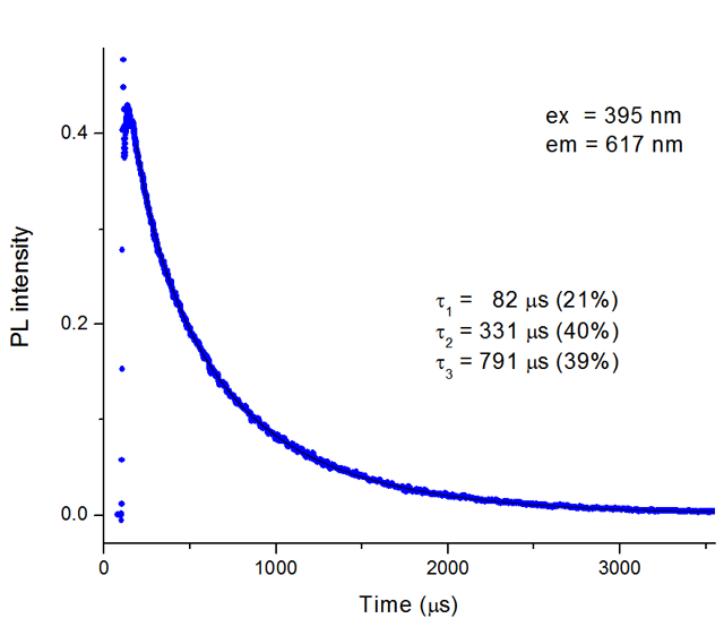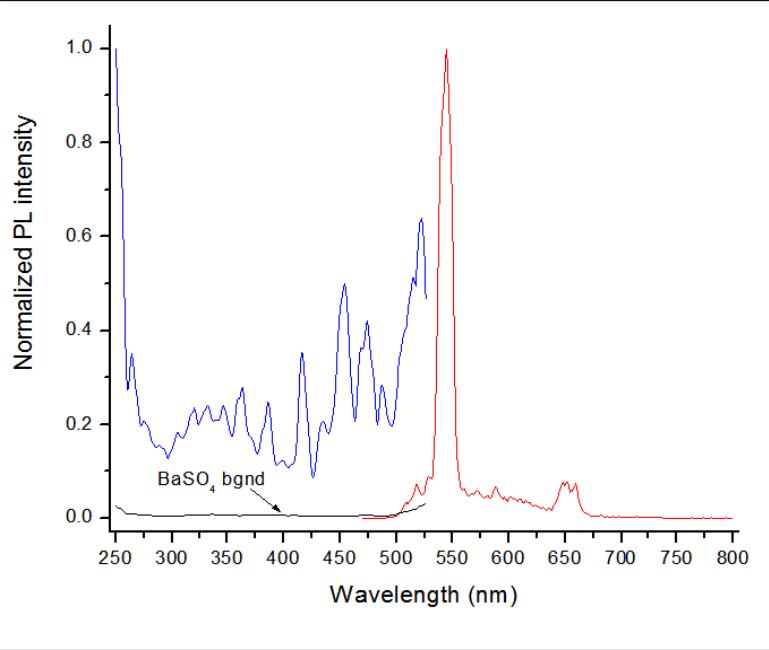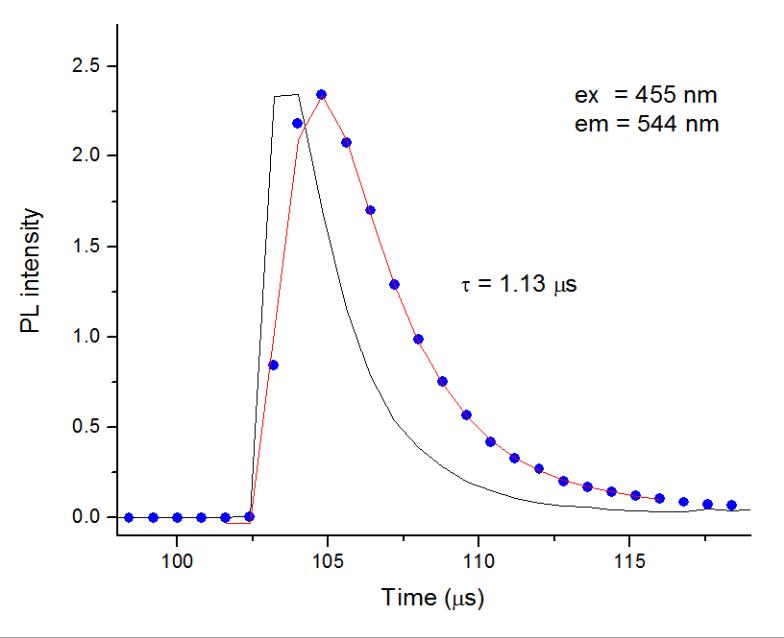
- •Radiofrequency Field Exposure and Cancer: What Do the Laboratory Studies Suggest?
- •Introduction
- •Laboratory Studies
- •Initiation Studies
- •Conclusions
- •Cultural meaning Ancient history
- •Classical history
- •In Abrahamic religions
- •Dreams and philosophical realism
- •Postclassical and medieval history
- •In literature
- •In popular culture
- •Dynamic psychiatry Freudian view of dreams
- •Jungian and other views of dreams
- •The neurobiology of dreaming
- •Dreams in animals
- •Neurological theories of dreams Activation synthesis theory
- •Continual-activation theory
- •Dreams as excitations of long-term memory
- •Dreams for strengthening of semantic memories
- •Dreams for removing junk
- •Psychological theories of dreams Dreams for testing and selecting mental schemas
- •Evolutionary psychology theories of dreams
- •Psychosomatic theory of dreams
- •Other hypotheses on dreaming
- •Dream content
- •Relationship with medical conditions
- •Other associated phenomena
- •Incorporation of reality
- •Apparent precognition of real events
- •Lucid dreaming
- •Dreams of absent-minded transgression
- •Recalling dreams
- •Individual differences
- •Sleepwalking
- •Daydreaming
- •Hallucination
- •Nightmares
- •Night terrors
Conclusions
Reviewers evaluating possible links between RF exposure and excess risk of cancer have concluded that there is no clear evidence for such a link (1,3-6,14). The United Kingdom NRPB Advisory Group on Non-ionising Radiation concluded that there is no firm quantitative evidence of a carcinogenic hazard from electromagnetic field exposures for the general public and workers in the electrical, electronics, and telecommunications industries (4). Studies published since this review was completed have not shed any further light on the possibility that RF exposure poses a carcinogenic risk. After a detailed review of the scientific literature, the International Commision on Non-ionizing Radiation Protection (ICNIRP) (5) concluded that "there is no substantive evidence that adverse health effects, including cancer, can occur in people exposed to levels at or below the limits on whole body average SAR recommended by INIRC (47), or, at or below the ICNIRP limits for localised SAR...."
Few studies have been conducted that specifically address the issue of cancer and RF exposure. More multidisciplinary focused studies are needed to address this. This is one of the goals of the International Electromagnetic Fields Project (48). The first scientific review meeting to reach interim conclusions on health risk and identify research needs, was held in Munich in November 1996. The results of this review will be available shortly (14). The conclusion was that "although hazards from exposure to high-level (thermal) RF fields were established, no known health hazards were associated with exposure to RF sources emitting fields too low to cause a significant temperature rise in tissue. Biological effects from low-level RF exposure were identified needing replication and further study." High priority research needs were epidemiology and animal carcinogenesis studies and in vitro studies identifying effects that can be tested in vivo.
Quattro™ Luminescence Spectrometer
—The Perfect Solution for Photoluminescence of
Lanthanide-Doped Semiconducting Nanocrystals
Optical Building Blocks Corporation
Introduction
Photoluminescence (PL) studies of lanthanide-doped semiconducting nanocrystals have become very common in materials science. Both spectral and time-resolved luminescence properties are key parameters in quality control involving assessment of surface contamination, size distribution, upconversion efficiency and PL quantum yield. The increased research interest in lanthanide-doped nanocrystals is prompted by applications in solar energy conversion devices, lasing media, LED technologies and development of upconversion-based luminescent labels for biomedical analyses and bioimaging. The Quattro™ bench-top luminescence spectrometer is the ideal tool to fully characterize the PL properties of such materials in the UV-VIS range. The instrument introduces new and unique technology and offers the best sensitivity and fastest speed of any integrated bench-top instrument. For example, the Quattro™ can acquire real time 3-D scans of wavelength versus microsecond decay in mere seconds. The optical design of the Quattro™ minimizes stray light levels making it ideal for measurements of highly scattering solid and powder materials. The instrument is very easy to use, has full auto-calibration and provides real time excitation and emission corrections.
PL spectra and decay of Eu-doped semiconducting nanocrystals
Fig. 1. Time-resolved PL excitation and emission spectra of Eu3+-doped Y1.5Eu0.5Mo4Sb2O18 crystalline powder

Fig. 1 shows the time-resolved emission and excitation PL spectra of 25% Eu3+ doped crystalline powder. The signal was measured with the pulsed Xe lamp set to flash at 100 Hz and the spectral intensities were calculated by integrating the emission signal along the output decay curve in the time window selected between 100 and 600 мs after the excitation pulse. Setting the signal integration boundary well after the excitation pulse guarantees that the collected spectra are free of any kind of stray (scattered) light or short-lived fluorescence contamination that may be present in the sample.
Fig. 2. PL decay of Eu3+-doped Y1.5Eu0.5Mo4Sb2O18 crystalline powder.

Fig 2 presents a PL decay of Eu3+ doped nanocrystals. Since the Quattro’s unique transient digitizer detection enables very rapid accumulation and signal averaging, the decay in Fig. 2 was measured in less than 1 s. The Quattro™ can also report the measured lifetimes and amplitudes immediately after the decay is acquired without the need for an additional analysis step. This best-in-class speed provides Quattro™ users with much higher levels of lab throughput than has ever been possible before. The measured decay is triple-exponential with lifetimes varying from 82 to 791 мs, which points to the structural diversity of the nanocrystals.
Fig. 3. Time-resolved PL excitation and emission spectra of Ho3+-doped Y1.6Ho0.4Mo4Sb2O18 crystalline powder

Fig. 3 shows the time-resolved emission and excitation PL spectra of 20% Ho3+ doped crystalline powder. The PL decay of this sample is around 1 мs, so the signal integration was carried out by selecting a 50 мs gate positioned 2 мs before the onset of the excitation pulse. To ensure that the measured spectra were free of stray light or short-lived ns fluorescent impurities, a test excitation scan was performed under the same experimental conditions using a light-scattering plate coated with BaSO4. This test experiment revealed excellent suppression of stray light despite the strongly scattering medium.
Conclusion
The results demonstrate that the new Quattro™ luminescence spectrometer is an excellent choice for photoluminescence studies of lanthanide-doped nanocrystals and other solid and powder inorganic materials. Due to its design the instrument features very efficient rejection of stray light and the ability to rapidly perform spectral and time-resolved characterization of these materials with a high degree of accuracy.
Fig. 4. PL decay of Ho3+-doped Y1.6Ho0.4Mo4Sb2O18crystalline powder. IRF trace was used for deconvolution analysis and is also shown.

Fig 4 presents a PL decay of Ho3+ doped nanocrystals. Since the PL decay of this sample is very short, an instrument response function (IRF) was also measured and the lifetime of 1.13 мs was determined by iterative reconvolution. This result demonstrates the Quattro’s ability to measure lifetimes much shorter than the excitation pulse duration.
Optical Building Blocks Corporation
OBB Corp. 300 Birmingham Road, PO Box 186, Birmingham, NJ 08011
Tel: 609-894-1541, Fax: 609-784-7809
E-mail: contact@OBB1.com, www.OBB1.com
5. Энциклопедическая статья
Dreams are successions of images, ideas, emotions, and sensations that occur involuntarily in the mind during certain stages of sleep.[1] The content and purpose of dreams are not definitively understood, though they have been a topic of scientific speculation, as well as a subject of philosophical and religious interest, throughout recorded history. The scientific study of dreams is called oneirology.
Dreams mainly occur in the rapid-eye movement (REM) stage of sleep—when brain activity is high and resembles that of being awake. REM sleep is revealed by continuous movements of the eyes during sleep. At times, dreams may occur during other stages of sleep. However, these dreams tend to be much less vivid or memorable.[2]
Dreams can last for a few seconds, or as long as twenty minutes. People are more likely to remember the dream if they are awakened during the REM phase. The average person has about 3 to 5 dreams per night, but some may have up to 7 dreams in one night. The dreams tend to last longer as the night progresses. During a full 8-hour night sleep, two hours of it is spent dreaming.[3]
Dreams have been seen as a connection to the unconscious. They range from normal and ordinary to overly surreal and bizarre. Dreams can have varying natures, such as frightening, exciting, magical, melancholic, adventurous, or sexual. The events in dreams are generally outside the control of the dreamer, with the exception of lucid dreaming, where the dreamer is self-aware. Dreams can at times make a creative thought occur to the person or give a sense of inspiration.[4]
Opinions about the meaning of dreams have varied and shifted through time and culture. Dream interpretations date back to 5000-4000 BC. The earliest recorded dreams were acquired from materials dating back approximately 5,000 years, in Mesopotamia, where they were documented on clay tablets.[5] In the Greek and Roman periods, the people believed that dreams were direct messages from the gods, or from the dead and that they predicted the future. Some cultures practiced dream incubation with the intention of cultivating dreams that are prophetic.[6]
The Austrian neurologist Sigmund Freud, who developed the discipline of psychoanalysis, wrote extensively about dream theories and interpretations. He explained dreams as manifestations of our deepest desires and anxieties, often relating to repressed childhood memories or obsessions. In The Interpretation of Dreams, Freud developed a psychological technique to interpret dreams and devised a series of guidelines to understand the symbols and motifs that appear in our dreams.
Contents
|
